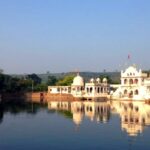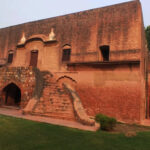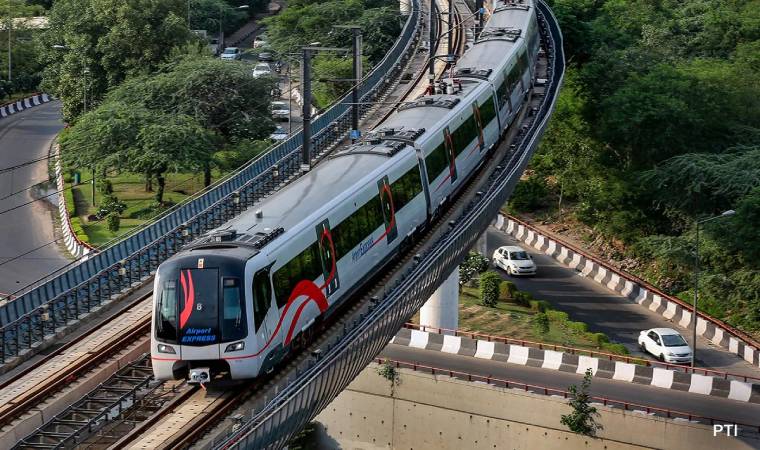Some landscapes reveal their soul only when it rains. Roads that feel forgettable under the glare of summer begin to stir with quiet poetry as the monsoon arrives. The air thickens—not just with moisture, but with memory. The sky leans close, like it has secrets to share. The world slows, not from exhaustion but to listen. And in that stillness, something becomes clear: a rain-washed road doesn’t just lead somewhere, it speaks. It carries a verse of its own, meant to be felt, not read.
This is not a story about destinations. It’s about the journey itself, softened by weather, deepened by pauses, and shaped by silences that say more than sound ever could. To travel in the rain is to move not just through space, but through emotion. The road becomes more than a path. It becomes a mirror, a mood, a moment.
The Aesthetics of Rain in Motion
Rain changes how we look. While sunlight pushes our gaze outward toward horizons and grand vistas, the monsoon draws our attention inward. A darkened wall, the glisten of a wet road, steam rising from a roadside tea stall- everything becomes a moment, quietly powerful in its detail.

A Journey Through the Monsoon Lens
With the arrival of rain, roads change in sound and appearance. Gravel softens to a murmur. Asphalt becomes luminous. Progress slows, replaced by reflection. You are no longer just passing through the world, you are absorbing it.
In India, the monsoon is not simply a weather, it is a visual and cultural shift. Trees appear more alive. Rivers become vocal. Roads those everyday, pathways begin to speak in verse.
When Roads Turn Poetic
Monsoon travel is rarely convenient. Roads are muddy. Delays are frequent. But what the journey lacks in ease, it makes up for in intimacy. Certain places respond particularly well to this reflective mood.
The Western Ghats– Rainforests in Rhythm
The winding roads through the Western Ghats of Maharashtra and Karnataka are transformed by the rains. Unnamed waterfalls cascade beside the path. Mist veils the hills. The air is alive with the sound of insects, running water, and distant thunder.
The Northeast– Where Rain Is Routine
In states like Meghalaya and Arunachal Pradesh, rain is not a disruption but a rhythm. Roads wind through mist-filled valleys, across root bridges, and past timeless landscapes. These are roads of persistence, essential in spite of constant rain.
Village Trails in Uttar Pradesh and Bihar
Far from highways, village roads in the monsoon gain a unique character. Water fills the rice fields, reflections distort reality, and sounds travel slowly. Perhaps only a bullock cart in the distance. These roads are not grand, but deeply textured. The scent of wet earth, the sound of birdsong, the sight of soaked sacks beneath a plastic sheet; they linger.
Why Monsoon Travel Feels Different?
Rain alters the way we experience time. Monsoon travel allows for interruption, for reflection. Slowness becomes part of the rhythm.
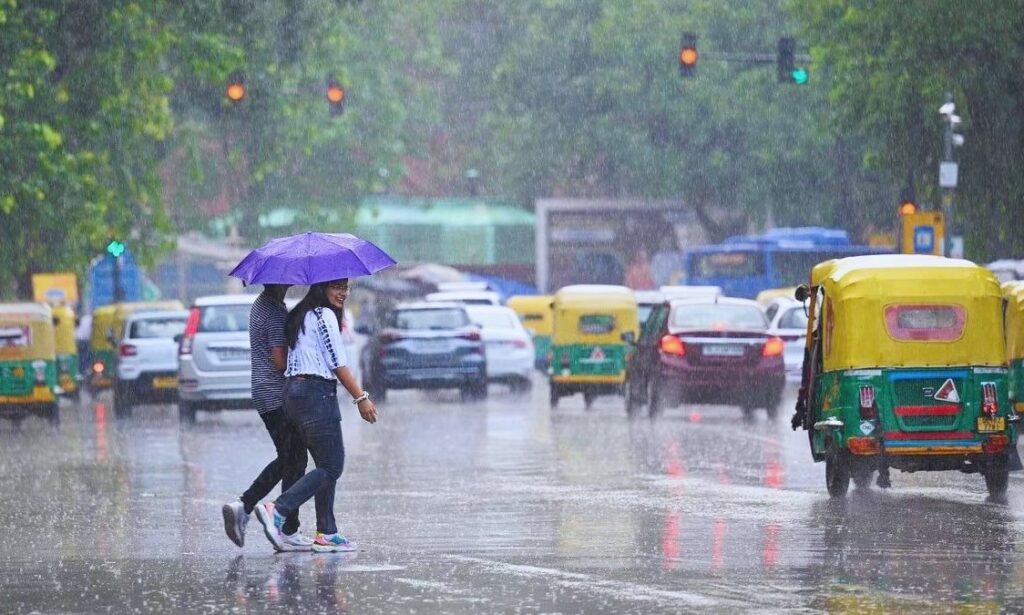
Unlike dry-season travel, often governed by haste and checklists, the monsoon demands patience. Vehicles move more cautiously. Stops for shelter become part of the plan. In these pauses, stories surface, a conversation with a stranger, a borrowed umbrella, an old film song playing through static.
To travel in the rain is to be part of the elements. Even with an umbrella or raincoat, you remain exposed. That exposure creates a heightened attentiveness. The world becomes immediate. You are no longer an observer, you are within the moment.
The Visual Poetry of Wet Roads
There is a reason photographers and filmmakers are drawn to rain. Light softens. Edges blur. Surfaces gain sheen. Wet roads become mirrors, reflecting trees, headlights, buildings, and people in fleeting, dreamlike frames.
In rural areas, muddy paths hold traces- footprints, bicycle tracks, a moment of play. In cities, neon lights ripple across pavement, creating visual illusions. On highways, the rain transforms otherwise plain landscapes into abstract beauty.
This is more than aesthetic. It alters our perception of place. A familiar stretch of road suddenly feels unfamiliar, more personal. It calls memory, invites thought.
A Sensory Journey, Not Just a Scenic One
Monsoon travel engages all senses. The smell of rain-soaked earth, the feel of damp air, the sound of droplets on a tin roof- each contributes to the experience.
Imagine a stop for tea on a rainy afternoon. The warmth of the cup, the fog on the windshield, the conversations unhurried by time—all become part of the journey.
In monsoon, travel is guided not just by plans, but by instinct and observation. You follow clouds, adjust your pace, and learn to pause. You seek shelter not only from the rain, but from the rush of routine life.
Where Roads Become Stories
Some roads seem made for the monsoon, not because of where they go, but because of how they feel along the way.
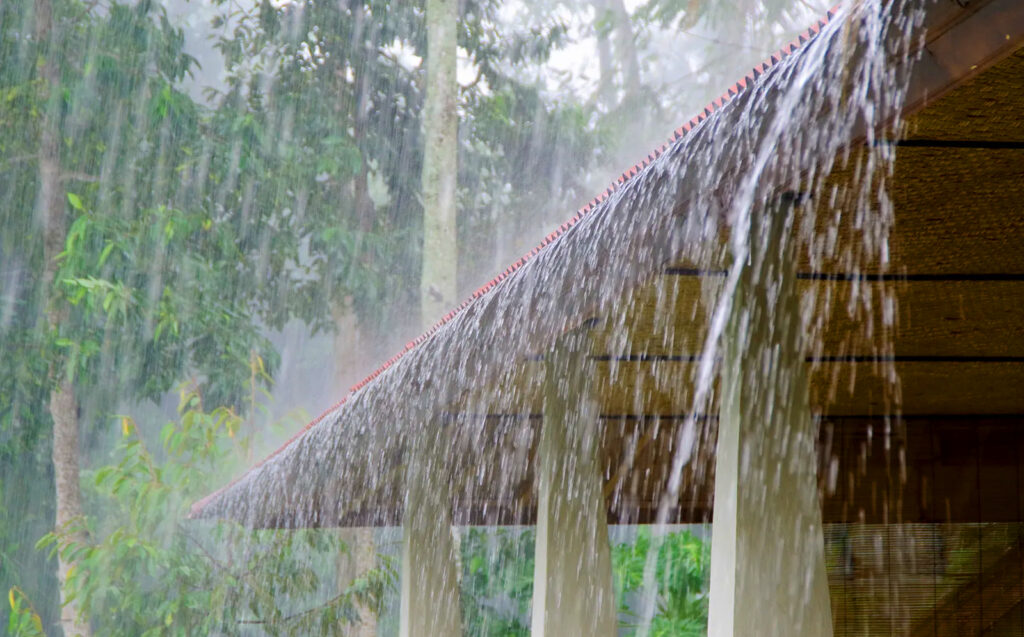
- Tezpur to Tawang (Arunachal Pradesh): A stretch that transitions between sunshine, fog, and rain within the same hour.
- Munnar to Thekkady (Kerala): A forest corridor where mist lingers and wildlife occasionally crosses.
- Shillong to Dawki (Meghalaya): Quiet bridges, gentle hills, and cloud-kissed views create a mood more than a route.
In these places, the road is not just a means of travel—it becomes part of the experience itself.
Rain, Travel, and Cultural Expression
Rain has long served as a metaphor in culture—for renewal, longing, memory. In Indian cinema, rain is almost a character: the backdrop for romance, loss, liberation.
In folk traditions, especially in rural India, the monsoon is linked with emotion. Songs speak of separation, of lovers departing just as the rains arrive. Roads, in these stories, symbolize distance and the yearning to return.
Even travel narratives change in monsoon. Writing becomes softer. The focus shifts from what is seen to what is felt.
Monsoon Travel: Notes of Caution
Of course, the poetic side of rain must be balanced with practical awareness. Rain changes the terrain. Roads may flood, landslides may occur, and visibility can drop unexpectedly. Before setting out:
- Check weather forecasts and local advisories.
- Carry waterproof clothing and dry essentials.
- Allow extra time for delays and detours.
- Avoid night travel in unfamiliar or hilly regions.
- Stay flexible! Sometimes the unplanned moments are the most memorable.
What Rain Teaches the Road and us?
To say “every road wrapped in rain is a poem” is not to overlook the discomfort it brings, but to honour the shift it inspires. Rain transforms more than the landscape—it transforms our way of seeing.
Monsoon roads are not about speed or certainty. They are about texture, awareness, and presence. They invite us to travel slowly, to listen, to notice. Rain makes poets of travellers. It makes observers out of those who rush. It turns everyday roads into moments of quiet wonder.
So, when the clouds gather and the road ahead glistens, don’t wait for the storm to pass. Pack light. Carry patience.
And let the rain write its verse beneath your feet.







